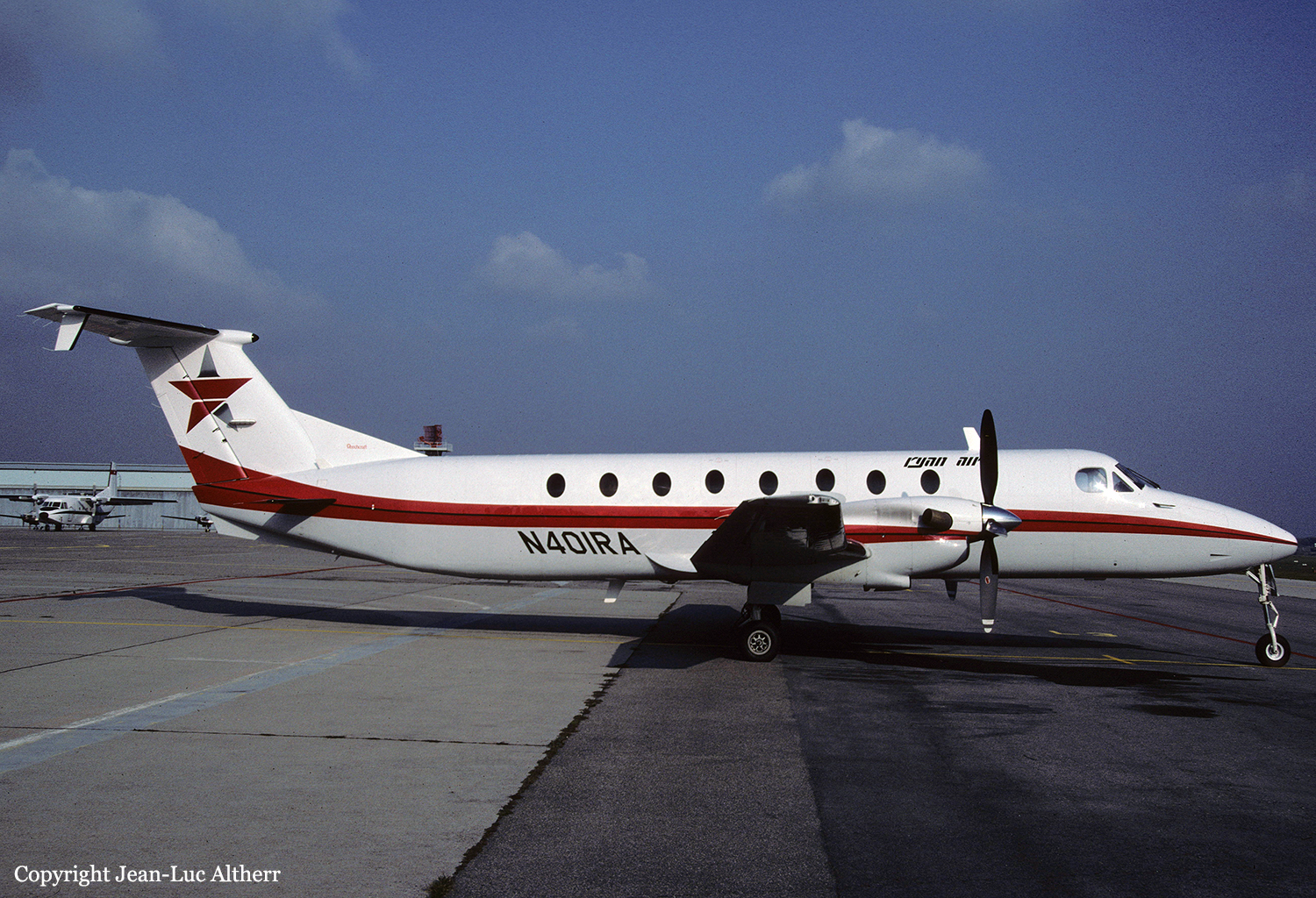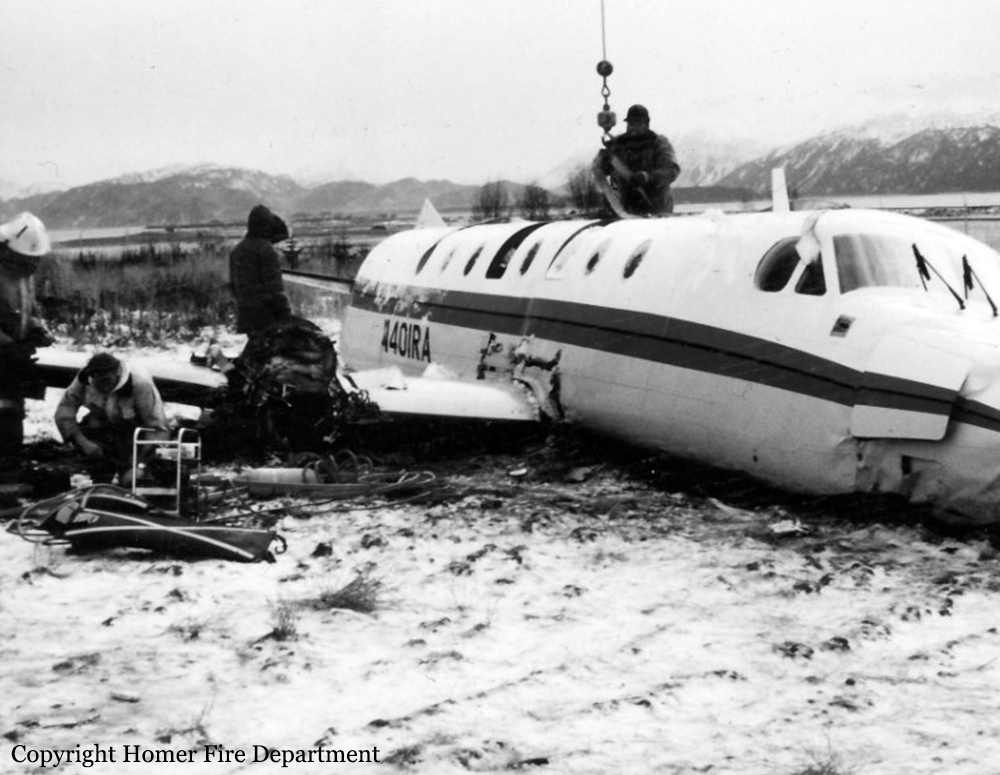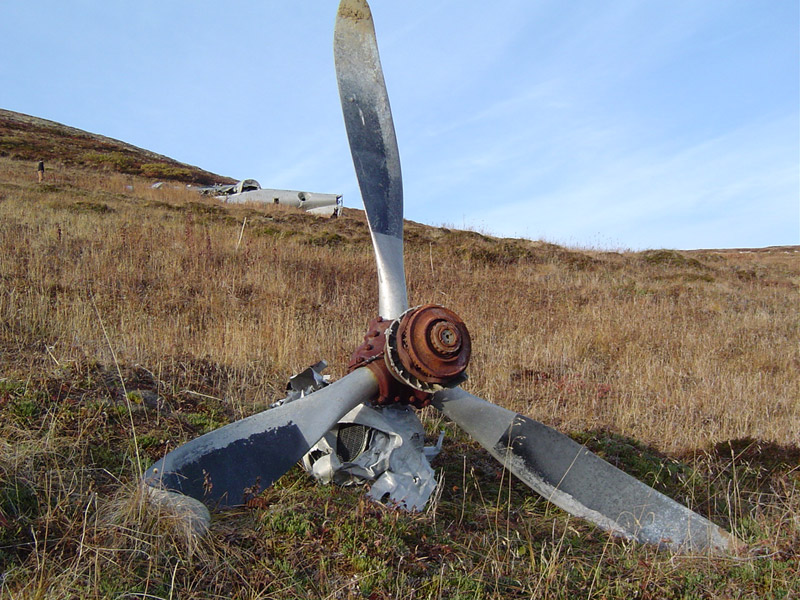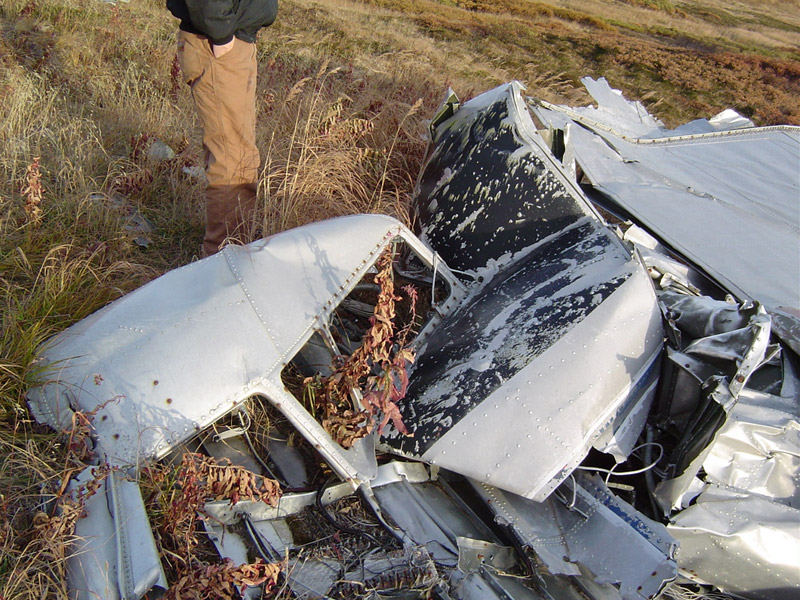Crash of a Piper PA-31-310 Navajo in Valdez: 4 killed
Date & Time:
Jun 25, 1995 at 1557 LT
Registration:
N62851
Survivors:
No
Schedule:
Homer - Valdez
MSN:
31-7612085
YOM:
1976
Crew on board:
1
Crew fatalities:
Pax on board:
3
Pax fatalities:
Other fatalities:
Total fatalities:
4
Circumstances:
The pilot received an instrument approach clearance to a non tower airport surrounded by mountainous terrain. Weather conditions on the ground were VFR, and the pilot descended through an overcast. The approach environment was not serviced by any atc radar facility. The pilot declared a missed approach to the appropriate faa flight service station, and was advised to contact ARTCC. ARTCC never received a radio transmission from the pilot. The airplane wreckage was located approximately 6 miles beyond the airport, slightly to the north of the extended runway centerline. Missed approach procedures were for an immediate climb, and then a climbing right turn to reverse direction away from the airport. The missed approach segment began 5.2 DME miles prior to the airport. Minimum descent altitude (MDA) for the approach was 4,320 feet msl (4,200 feet above the runway elevation); impact with mountainous terrain occurred at about the same altitude. All four occupants were killed.
Probable cause:
The pilot's failure to follow the published ifr (missed approach) procedure and assure adequate altitude/clearance from mountainous terrain.
Final Report:















